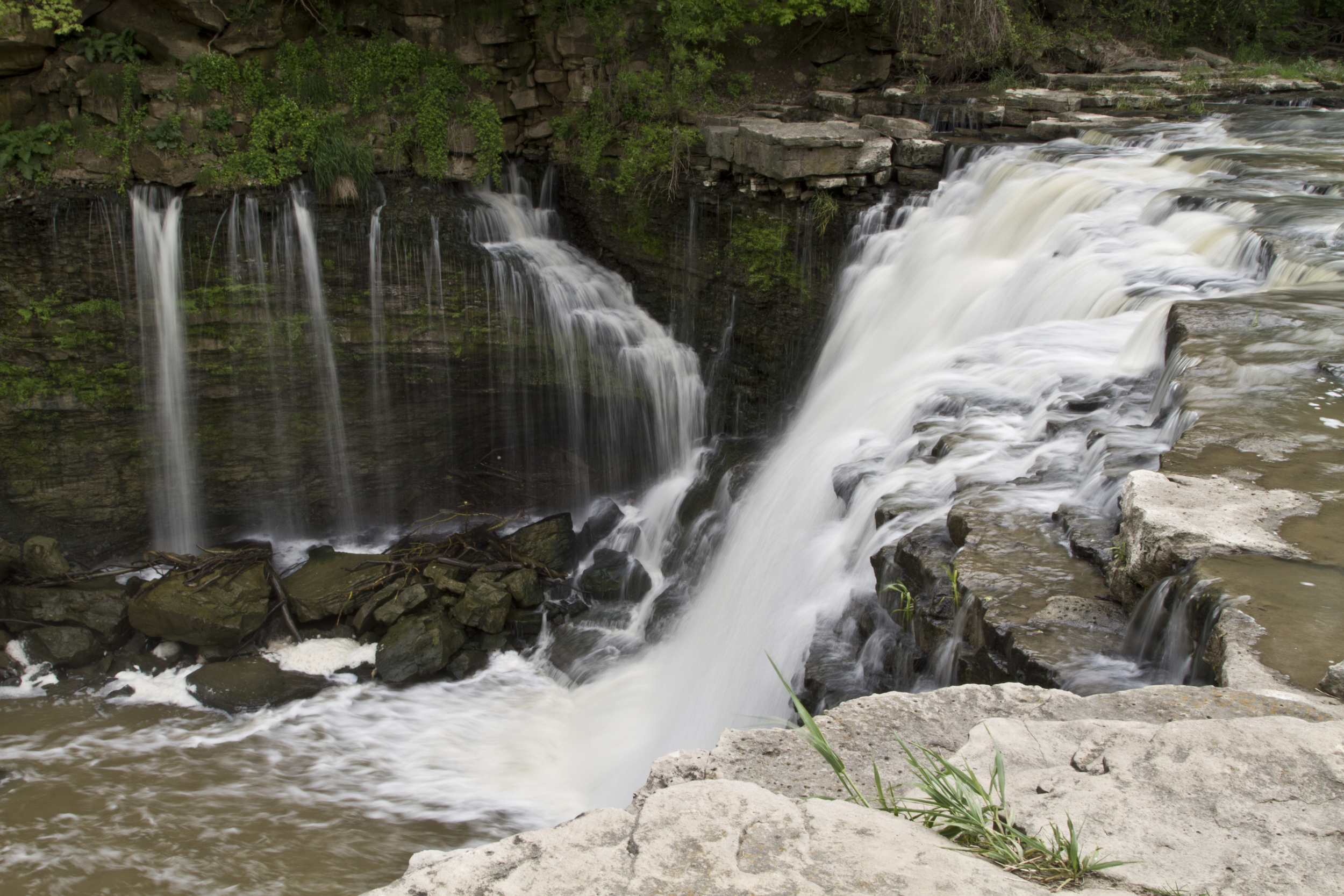
HGS Research Highlight - An exploration of coupled surface-subsurface solute transport in a fully integrated catchment model
Coupling surface and subsurface water flow is one of the strengths of fully integrated hydrological codes such as HydroGeoSphere (HGS). Following the coupling of surface-subsurface water flow, is coupling of surface-subsurface solute transport, although this subject has received less attention in the literature. ...
HGS Research Highlight - Holding and Allen 2015
Wave overwash events (such as storm surge and tsunamis) have the potential to result in severe consequences to the freshwater resources of small islands as a result of salt contamination of the aquifer. This study used numerical modelling to evaluate the freshwater lens response and recovery to overwash events for various island hydrogeological settings - or island types - that are observed worldwide
Changes to HGS Licensing and Distribution
We have recently changed the name of our HydroGeoSphere distribution from HGS 2013 to HGS Premium. With this comes a number of other changes that we believe will better suit our user’s needs. Some of the major changes include:
HGS Research Highlight - Schilling et al., 2014
The overarching goal of this study is to provide a quantitative basis for managing water resources in the semi-arid Tarim Basin in Western China. The increased use of surface water in the upstream of the Tarim River has led to the drying up of a stretch of over 300km, with devastating consequences for the riparian Populus Euphratica forests. To save these valuable ecosystems, the Chinese government initiated the “Ecological Water Conveyance Project”. The goal of this initiative is to stop the decline of the downstream ecosystems by periodically reducing the amount of water diverted for irrigation in the upstream. In order to provide quantitative guidance towards sustainable management, this project integrated ecological data with advanced mathematical modelling of surface water, groundwater and vegetation, using HydroGeoSphere (HGS).
Mesh Generation for HGS Models using AlgoMesh
We are pleased to announce that all new builds of HydroGeoSphere support 2D finite element meshes exported from AlgoMesh in the .AH2 format. The following is a guest post describing how to create and export a 2D mesh with AlgoMesh.
Mesh Generation for HGS Models using AlgoMesh
By: Damian Merrick of HydroAlgorithmics
High-quality finite element mesh generation is an important part of building a HydroGeoSphere model....
Postdoc opportunity in quantitative hydrologic science
Postdoc position
The successful candidate for this position will spearhead the development of a scientific basis for utilizing physics based integrated models in conjunction with high performance computing and ‘big-data’ resources for basin scale hydrologic flood risk, and land use change applications. It is expected that applicants will have had some hands on exposure to numerical modelling and will have strong quantitative and statistical skills, and a record of published peer-reviewed literature would be considered and asset...
Integrated Hydrosystem Modelling - IRTG 2015 Conference
The International Research Training Group (IRTG) for "Integrated Hydrosytem Modelling", started in 2012 by the University of Tübingen, and the University of Waterloo, is hosting a conference from April 7-10 at the University of Tübingen, Germany.
